
Danielle Smith says separation is about alienation. It’s really about oil
The Alberta premier’s separation rhetoric has been driven by the oil- and secession- focused Free...
At 1,375 kilometres, the Fraser River is the longest in British Columbia. Much of the province’s population is situated along the river’s meandering basin.
Its waters are home to countless species, including the prehistoric white sturgeon.
The 80-kilometre stretch between Mission and Hope, known as ‘the heart of the Fraser,’ is one of the most productive river channels in the world.
Yet the small islands in the heart of the Fraser, known as island nurseries for juvenile fish, are being logged and developed for agriculture in a manner scientists fear could be the undoing of this unique and fragile ecosystem.
This collection of photos is curated from the newly released book, The Heart of the Fraser, by Ken Ashley, director of the BCIT Rivers Institute.
The book, which includes a collection of essays, outlines the importance of this stretch of river for locals residents and Indigenous communities who are already witnessing the impact of climate change in its waters.
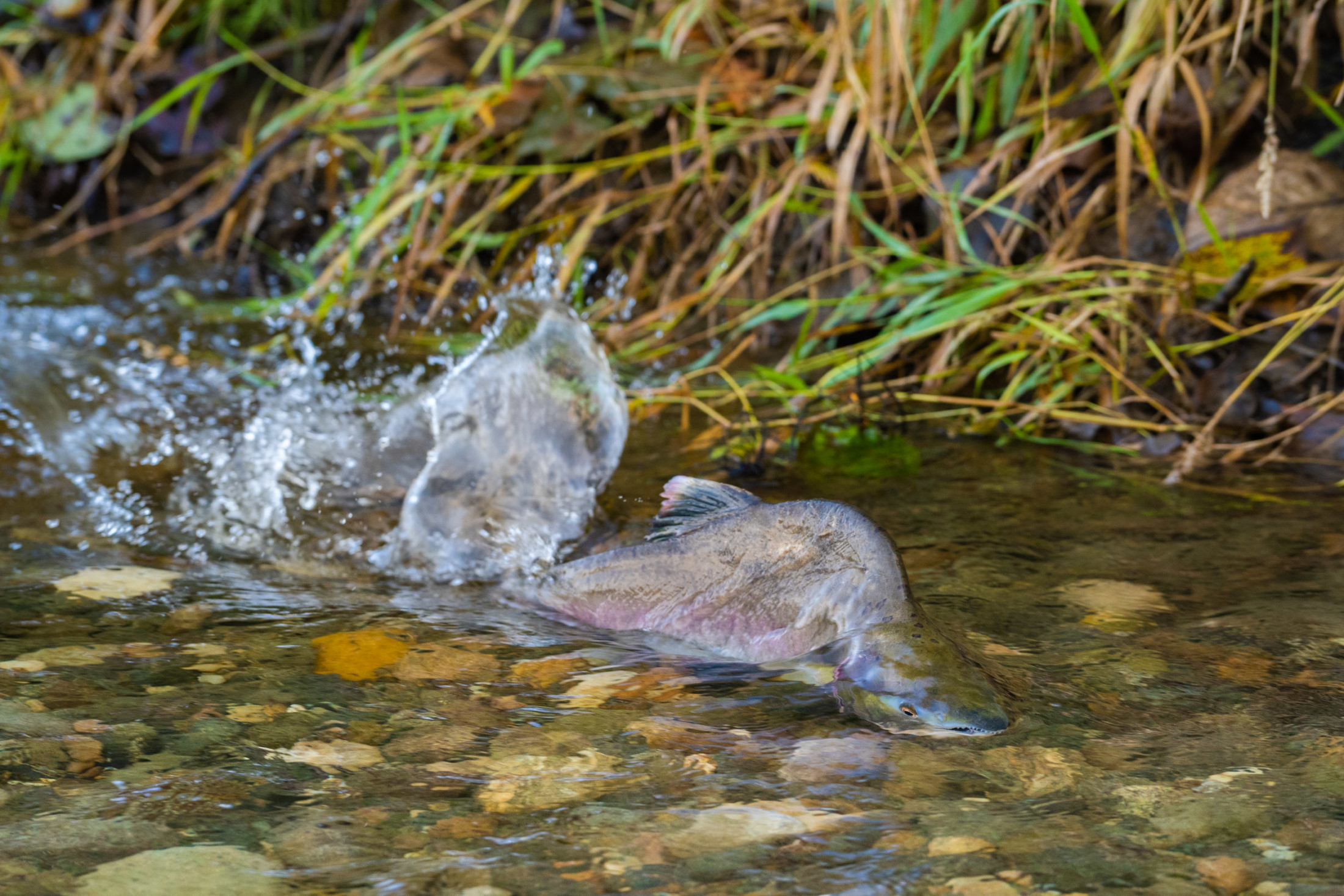
Pink salmon (Oncorhynchus gorbuscha) are also known as ‘humpies’ due to the big hump they develop during the spawning season. Photo: Fernando Lessa
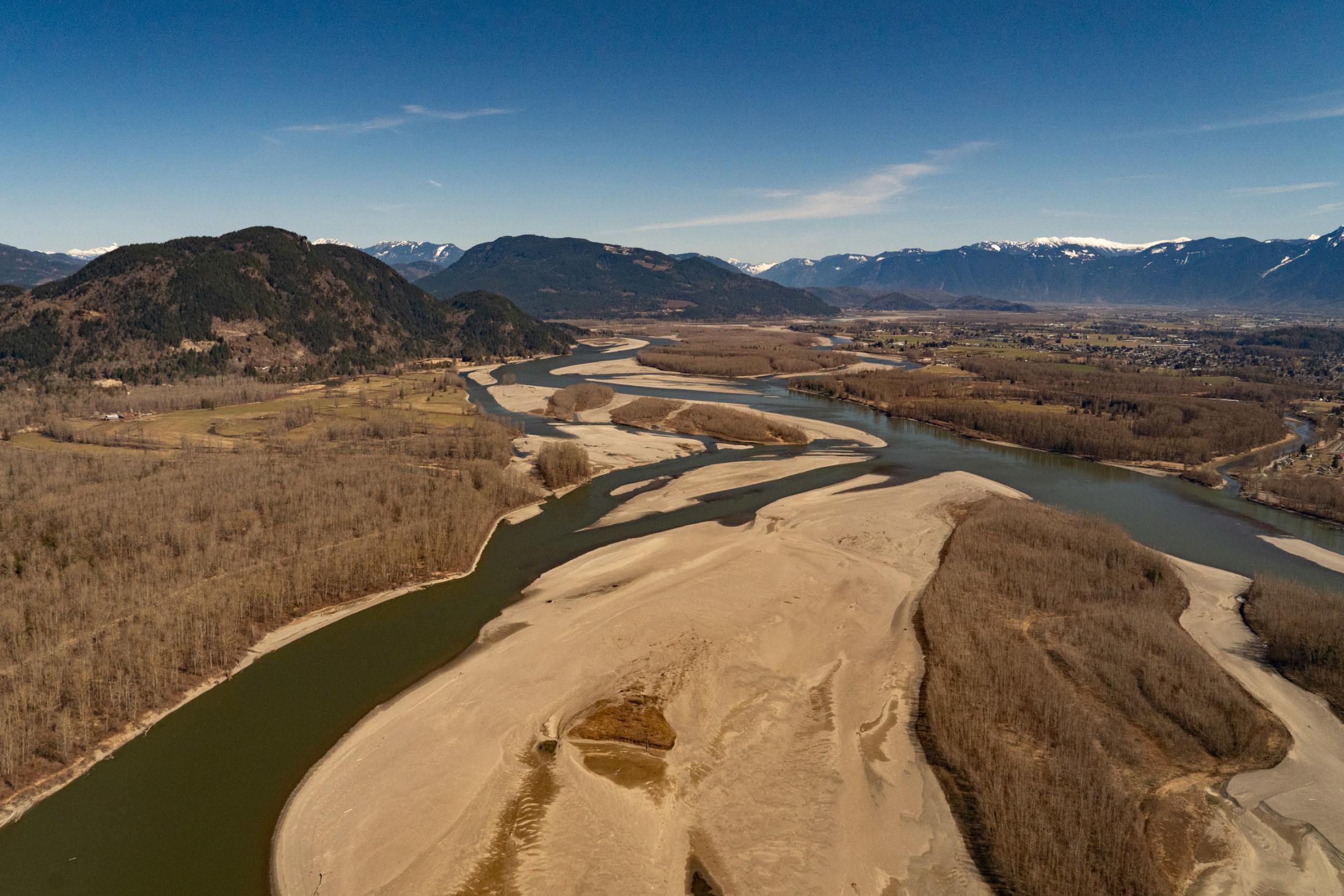
The ever-changing Fraser River landscape. Flood zones surrounding the river’s islands provide important fish nurseries. Photo: Fernando Lessa
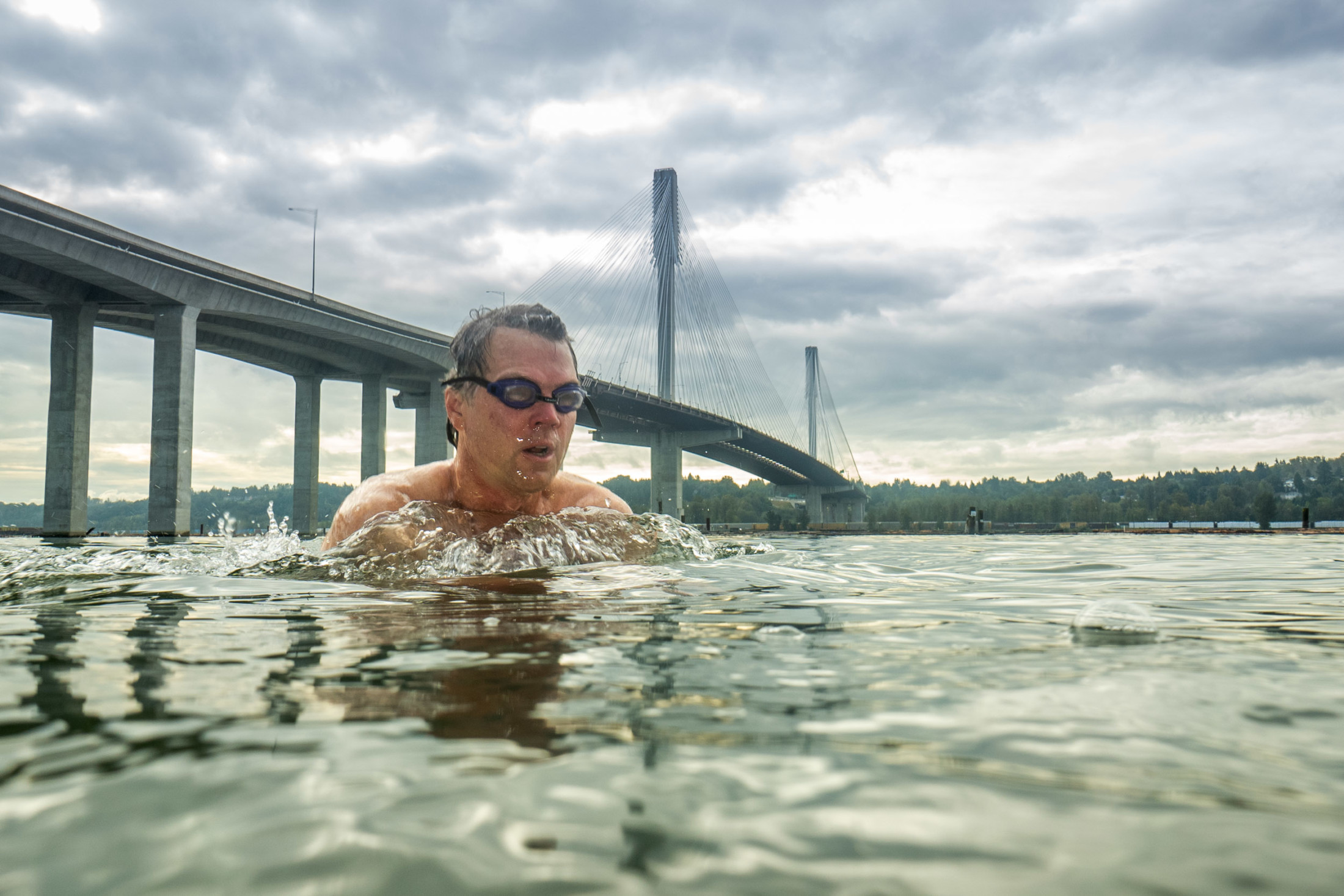
Fin Donnelly, a member of Parliament representing Port Moody-Coquitla, is a long-time Fraser River advocate and swimmer. Photo: Fernando Lessa
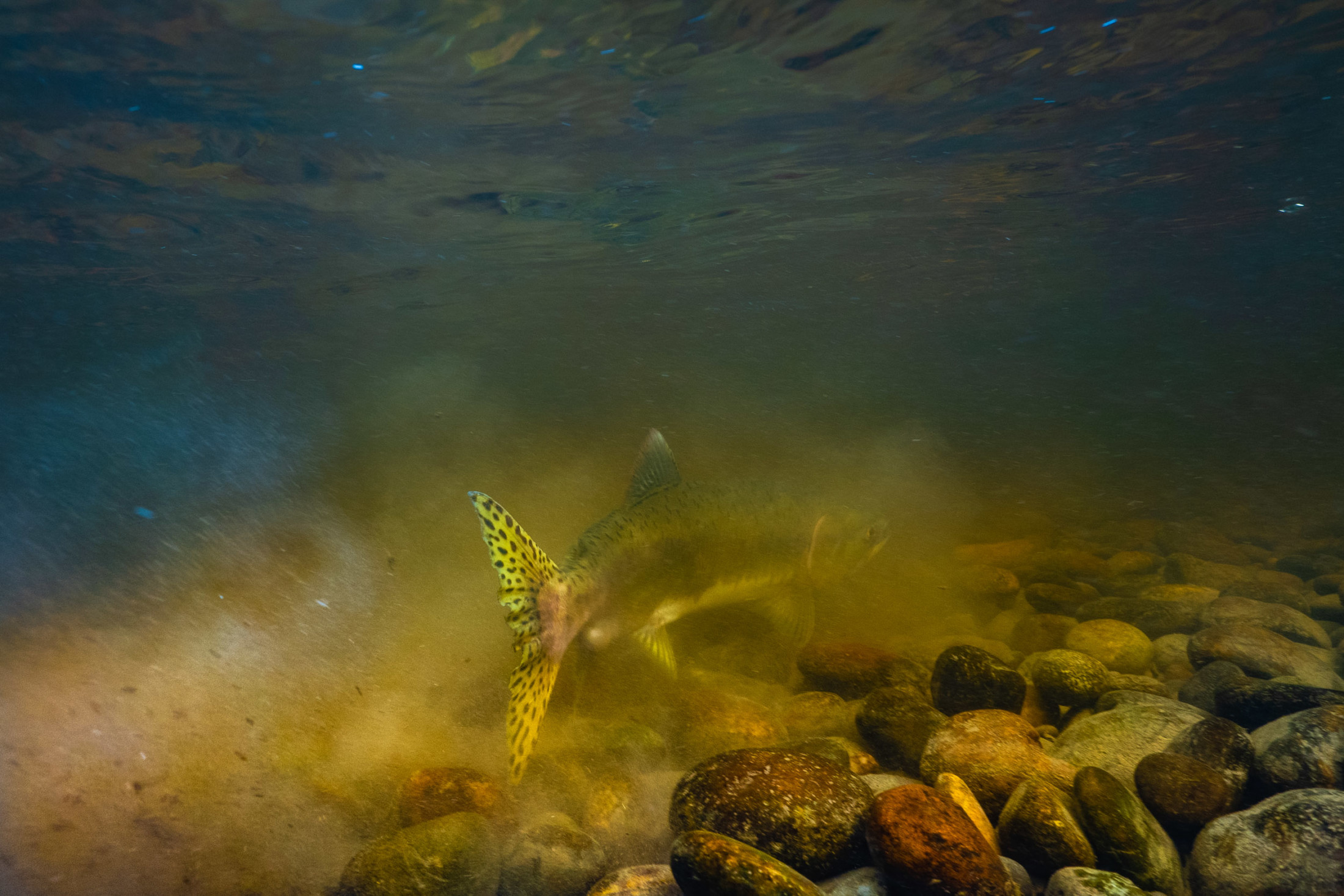
A female pink salmon (Oncorhynchus gorbuscha) digs in the Fraser’s gravel to bury her eggs. Photo: Fernando Lessa
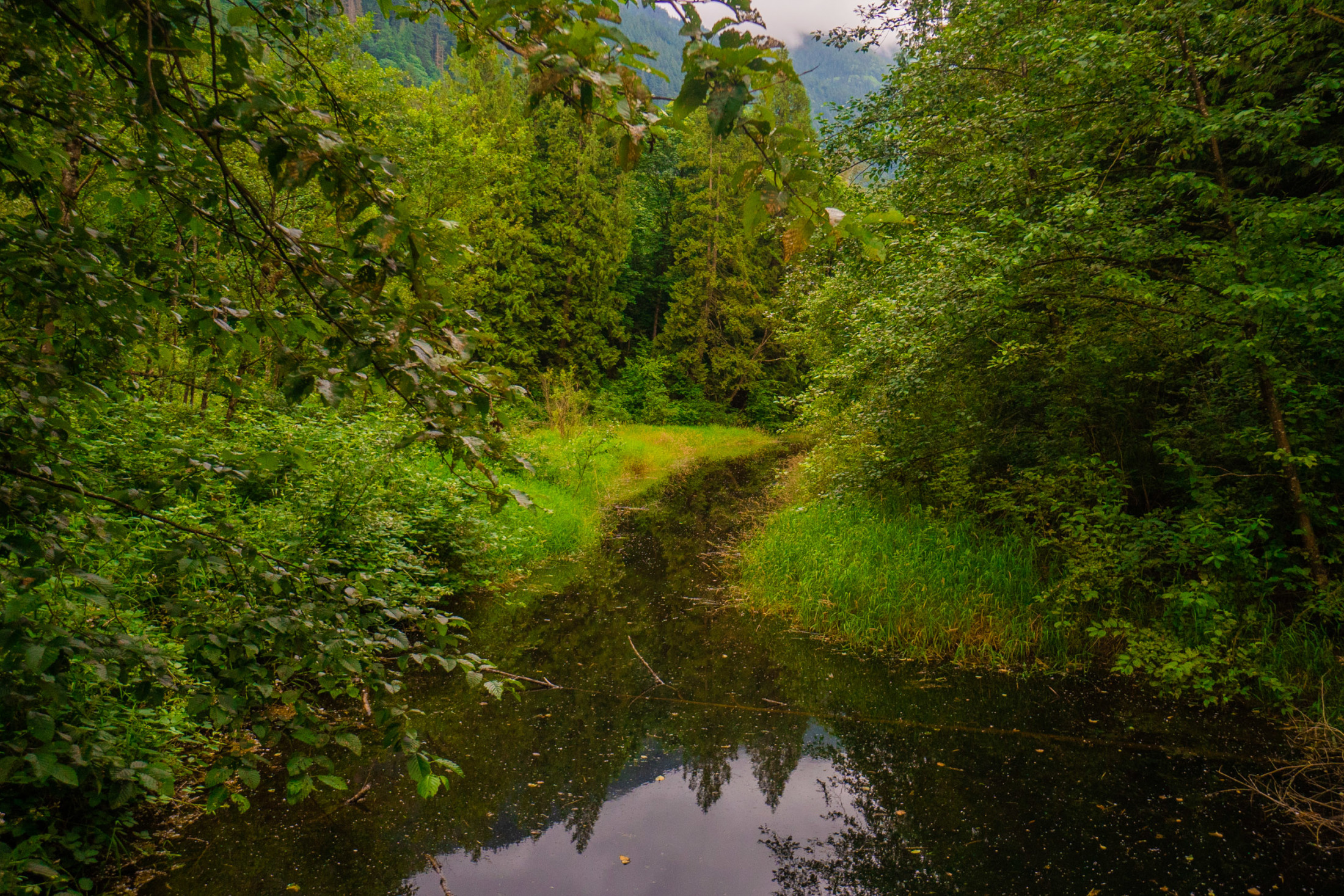
Only a few side channels along the 80-kilometre stretch known as ‘the heart of the Fraser’ still have their original vegetation. Photo: Fernando Lessa
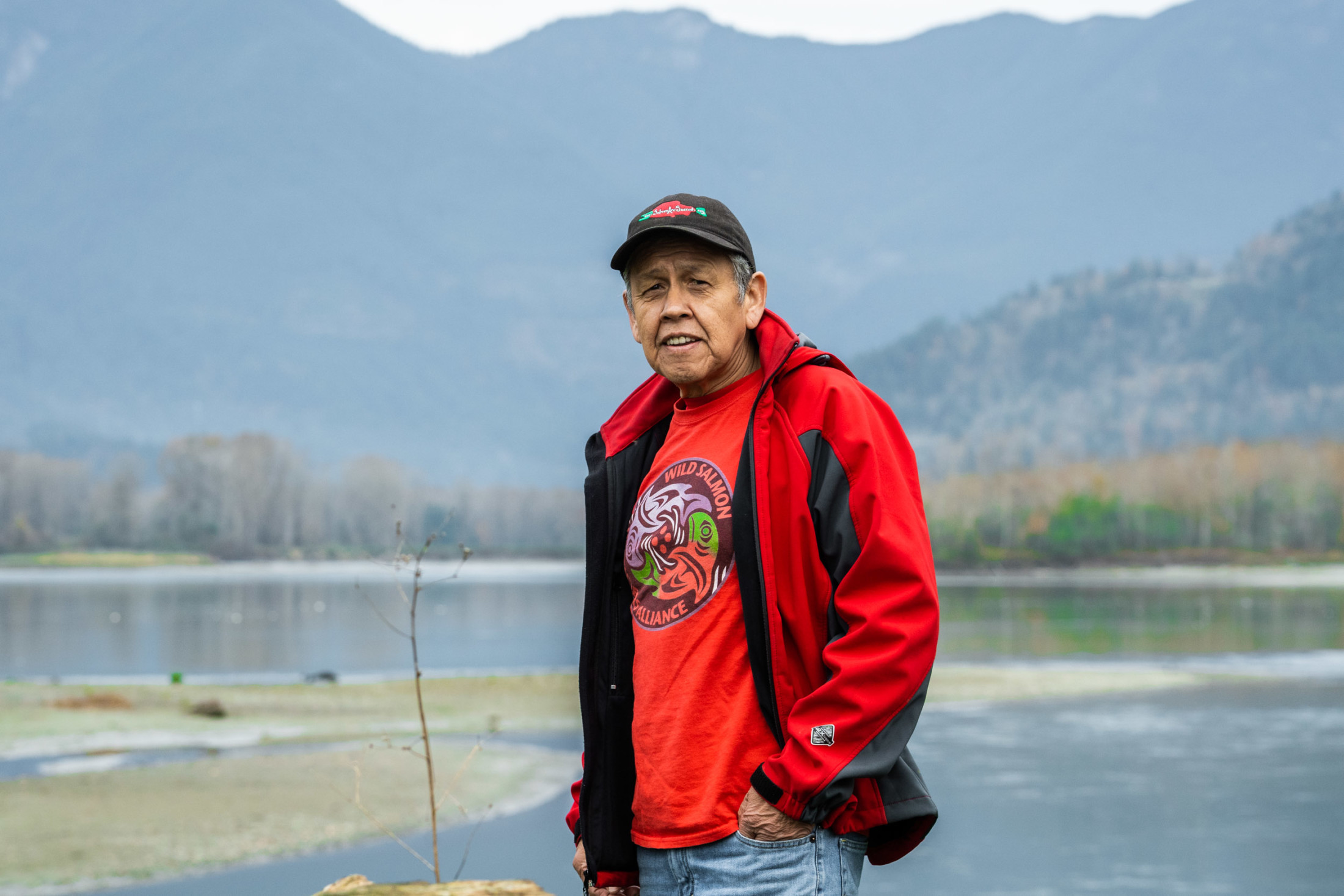
Eddie Gardner, a member of Skwah First Nation and long-time wild salmon advocate, is a contributor to The Heart of the Fraser. Photo: Fernando Lessa
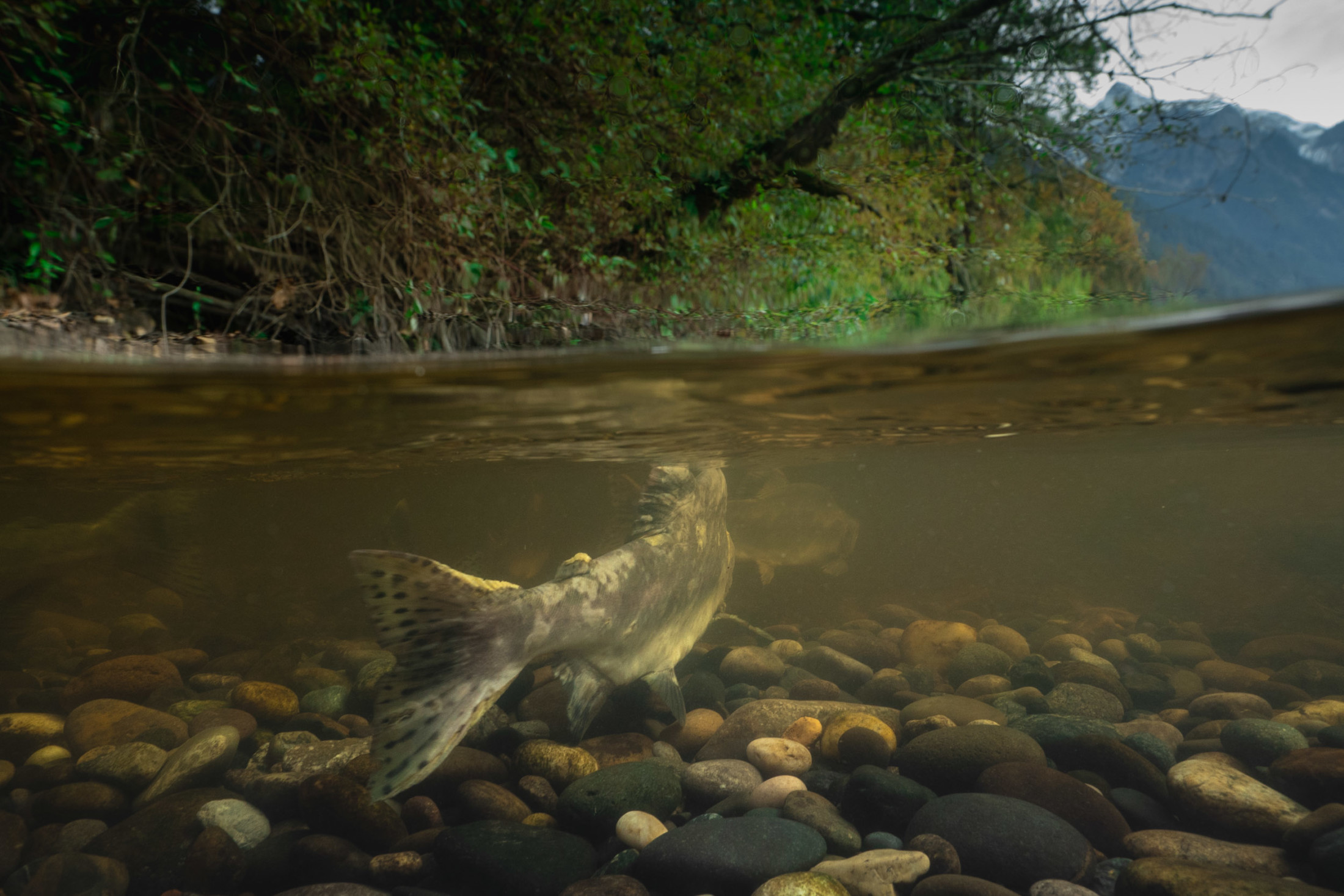
A school of pink salmon using the coveted gravel of Herrling Island to spawn. Photo: Fernando Lessa
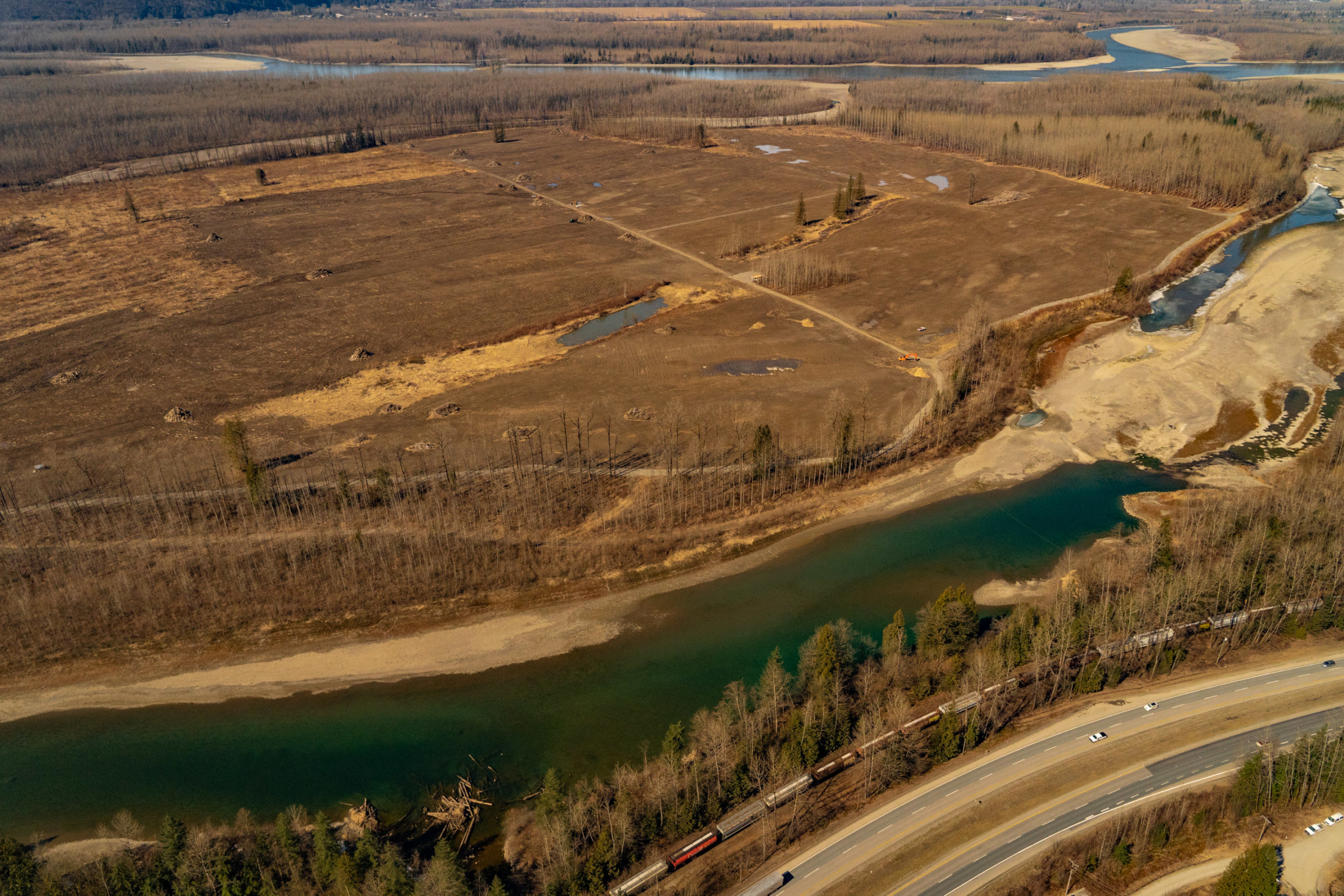
Large, clear pools of water pools can become disconnected from the river’s main stem during winter months and serve as important spots for juvenile fish. This particular patch of water is hemmed in between a logged island and the TransCanada highway. Photo: Fernando Lessa
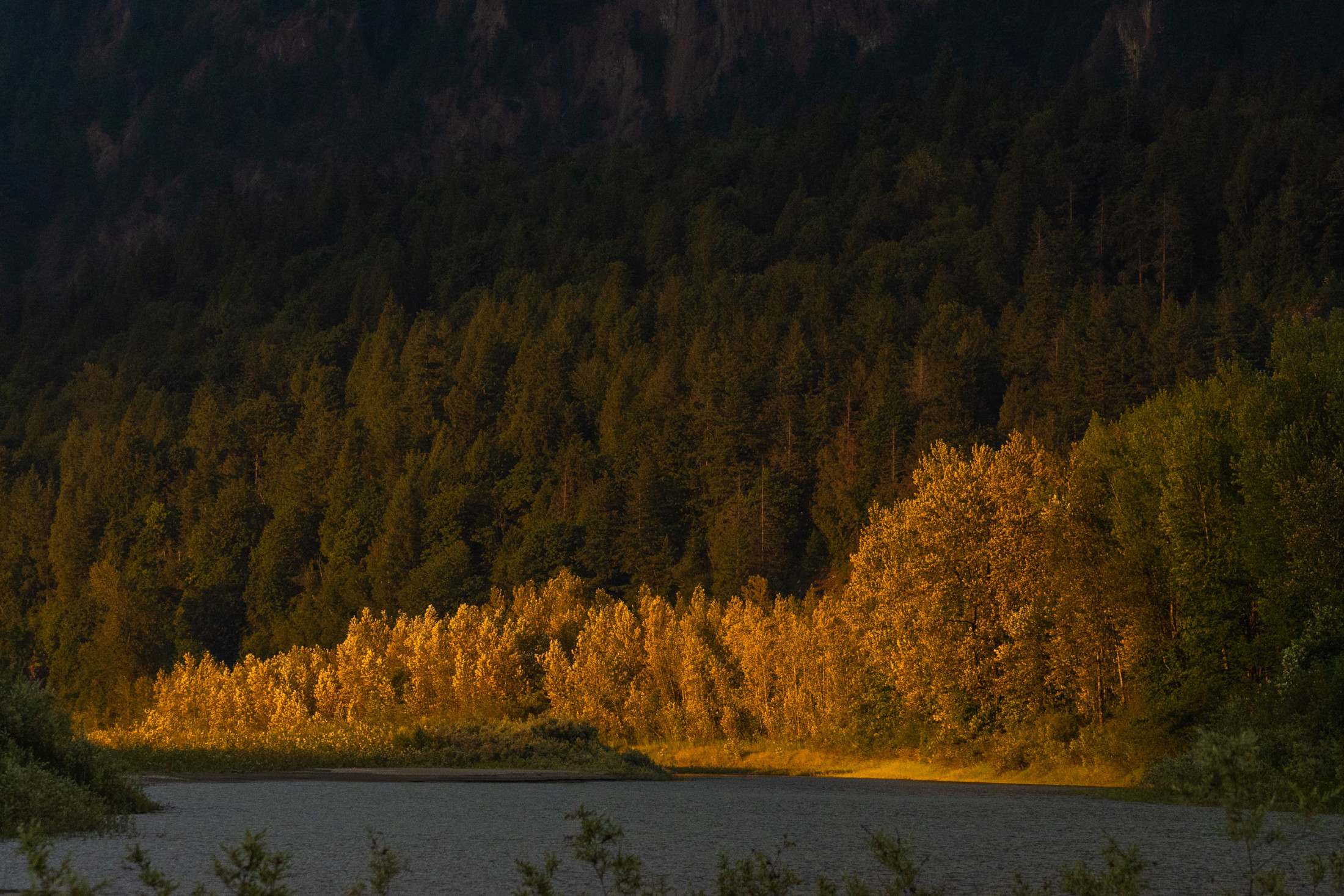
Autumn colours in the Fraser Valley. Photo: Fernando Lessa
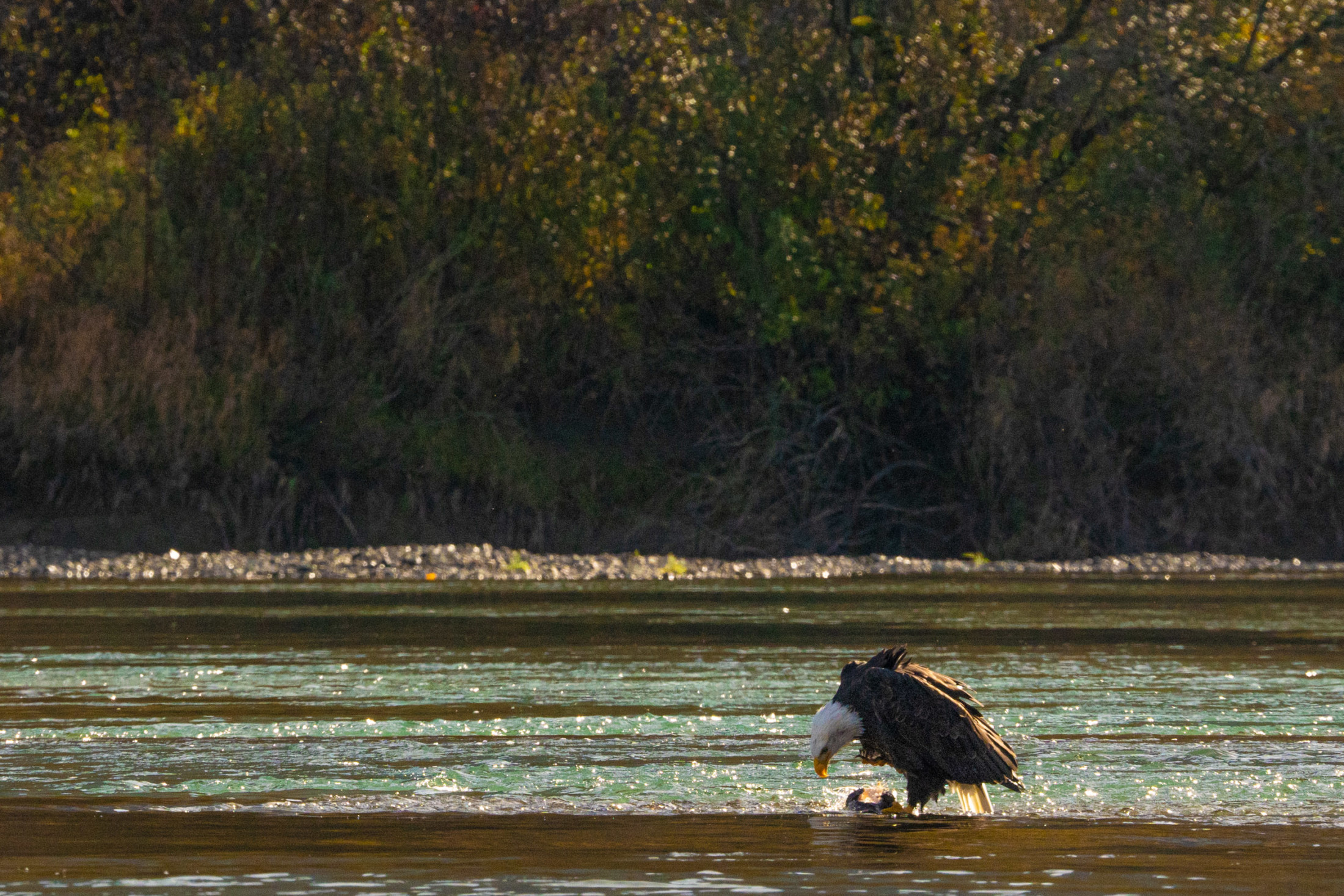
Bald eagles are attracted to the rich ecosystem of the Fraser River. Photo: Fernando Lessa
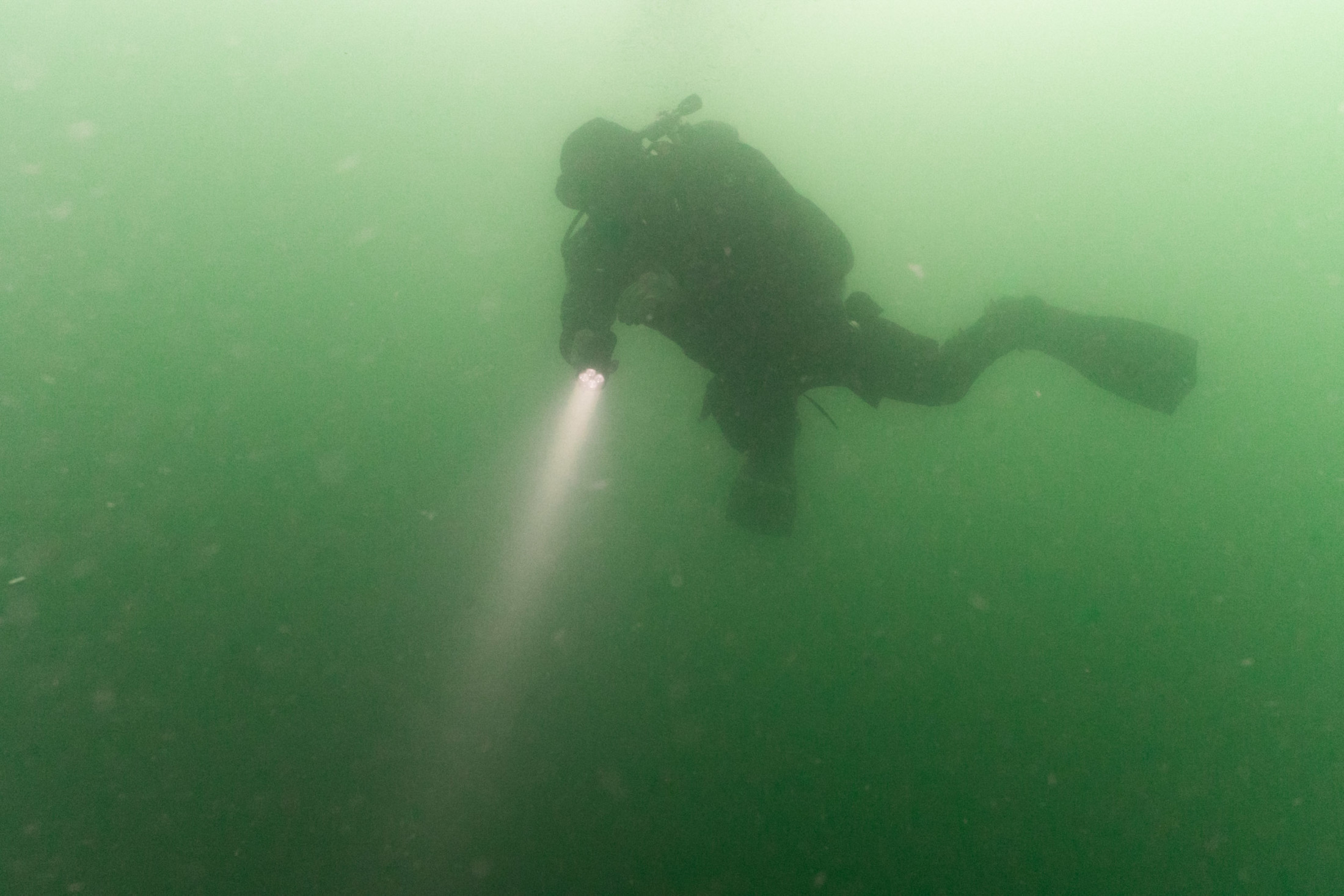
Security diver, Rick Hurley. Photos published in The Heart of the Fraser will be the first photo documentation of the white sturgeon underwater in the Fraser River. Photo: Fernando Lessa
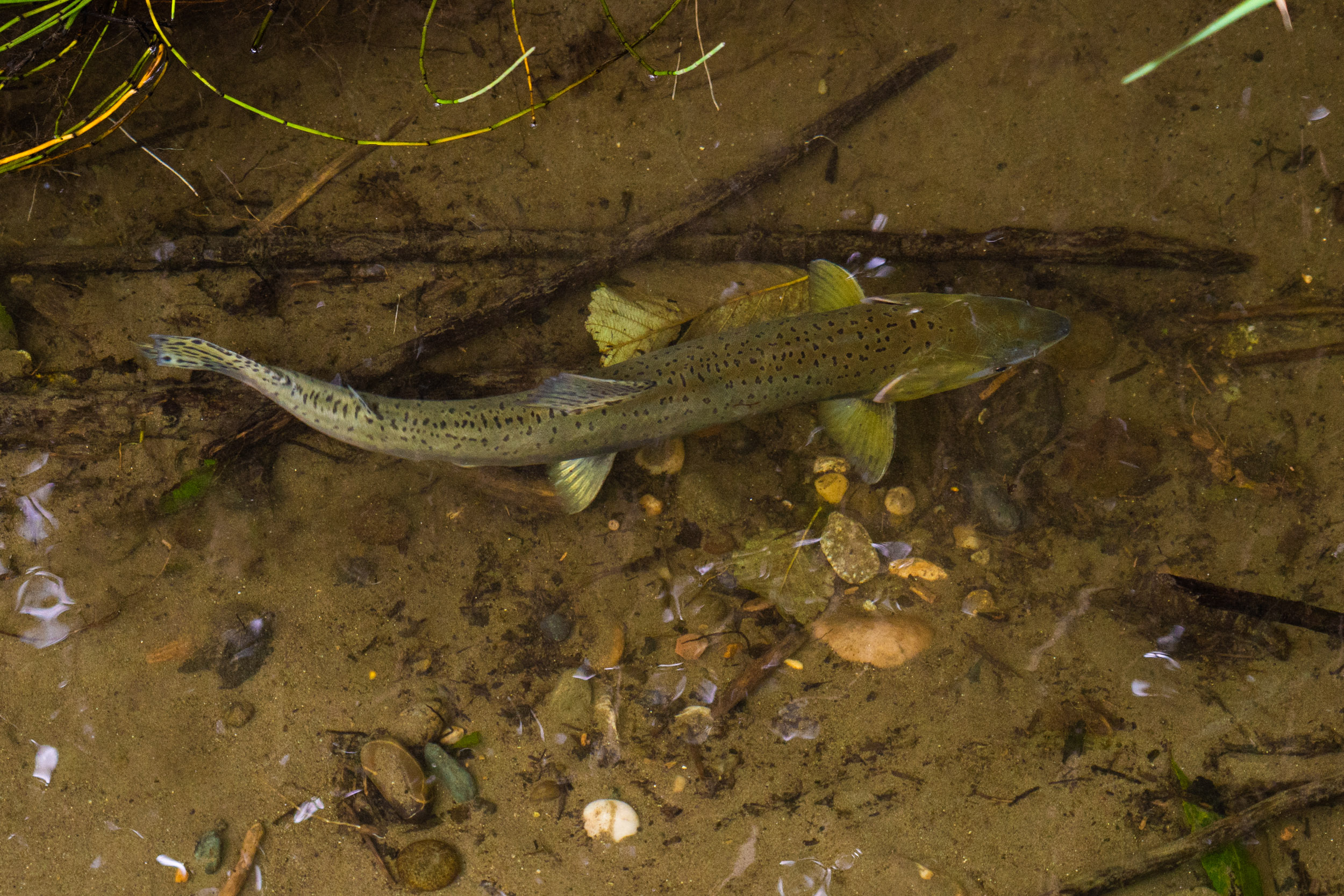
A female pink salmon (Oncorhynchus gorbuscha) protects her eggs in a small tributary on Herrling Island. Photo: Fernando Lessa
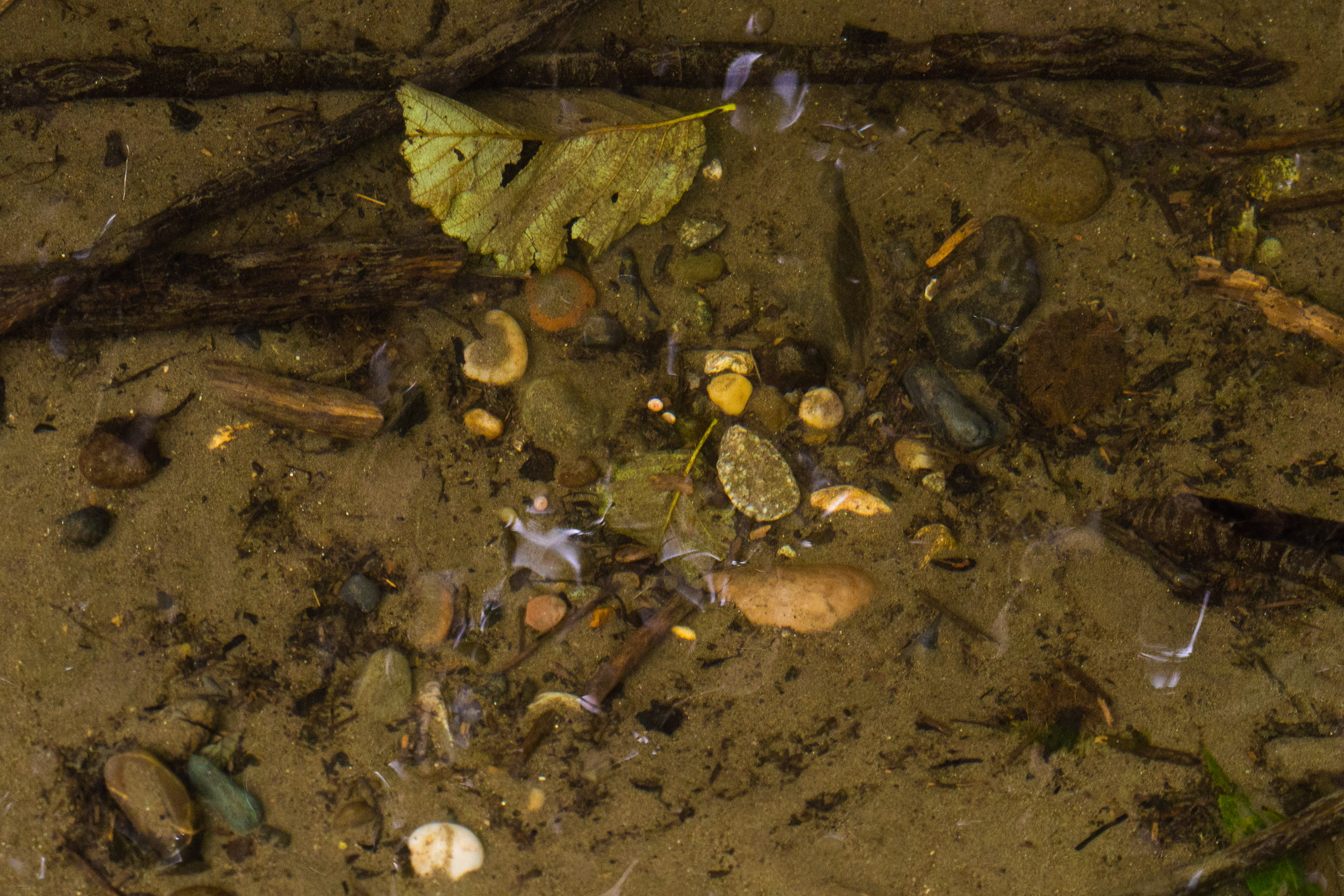
Dark sand offsets the soft pink of salmon eggs, visible in the centre of this image. At closer range, the eyes of the embryo are visible through the translucent sac. Photo: Fernando Lessa
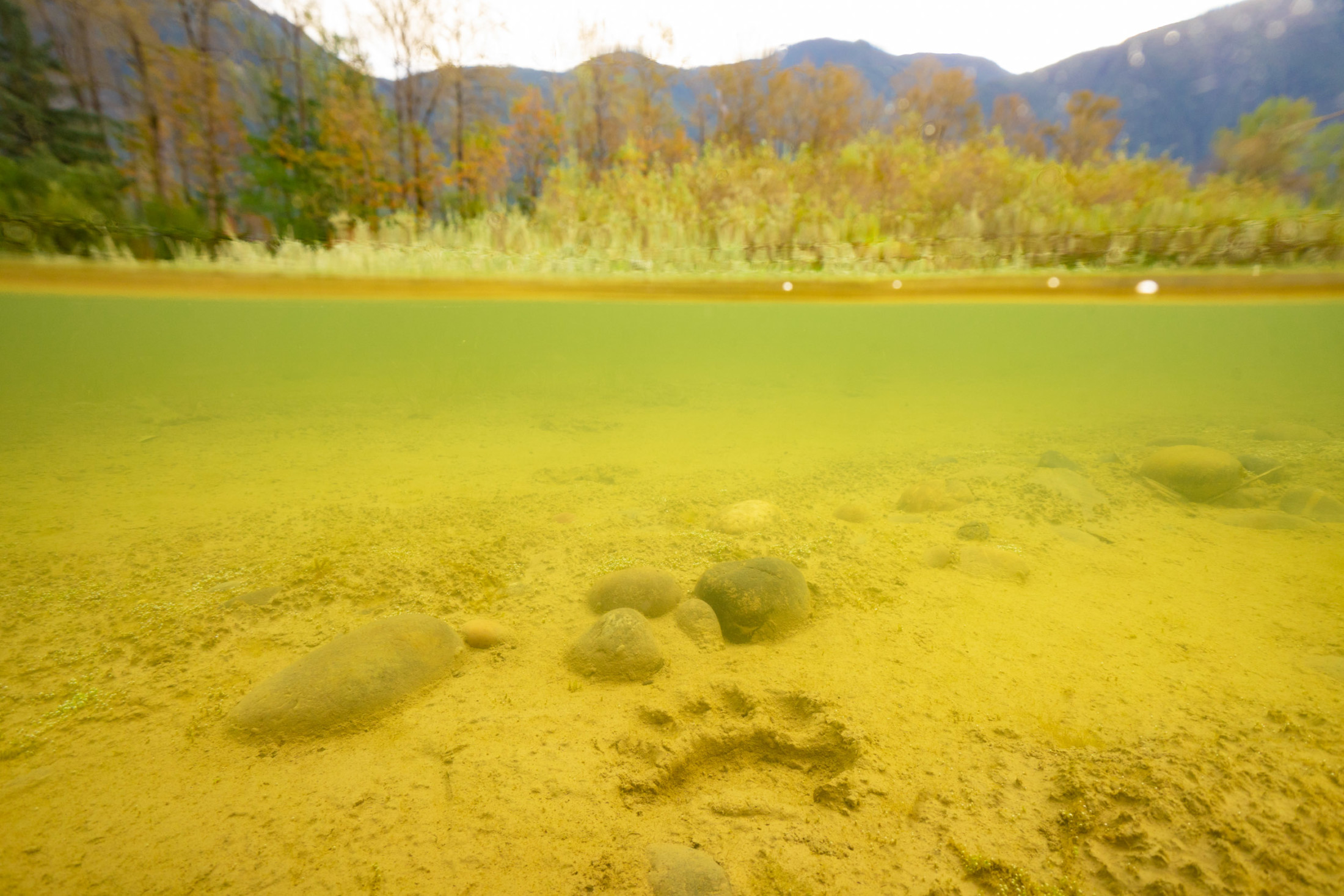
A black bear paw print in the Fraser. Black bears are an essential species for a healthy ecosystem here. Photo: Fernando Lessa
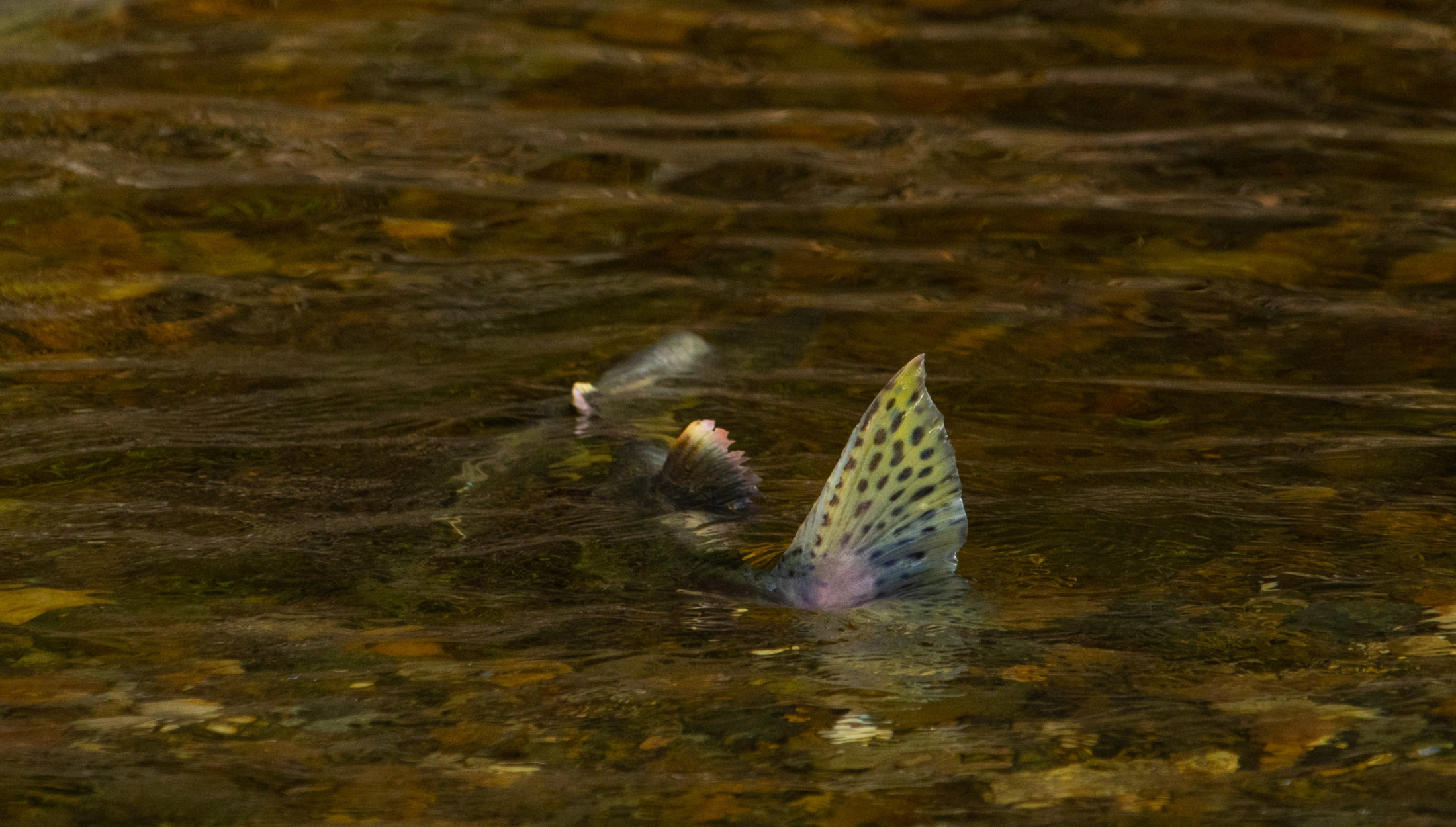
A colourful spawning salmon in the waters of the lower Fraser. Photo: Fernando Lessa
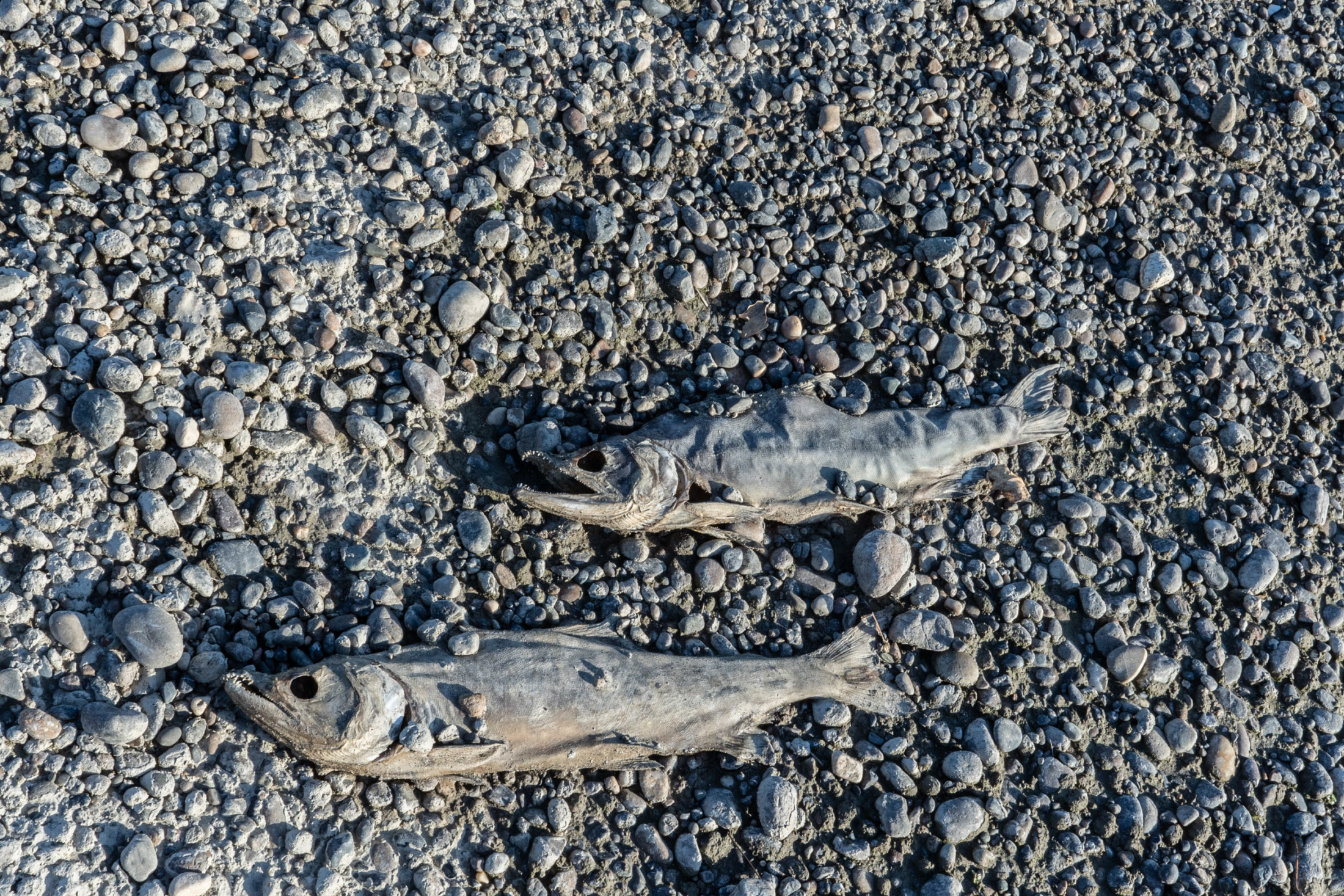
Dead salmon decompose on the rocky bank of the Fraser. Decomposing fish fertilize the surrounding soils and waters for future generations. Photo: Fernando Lessa
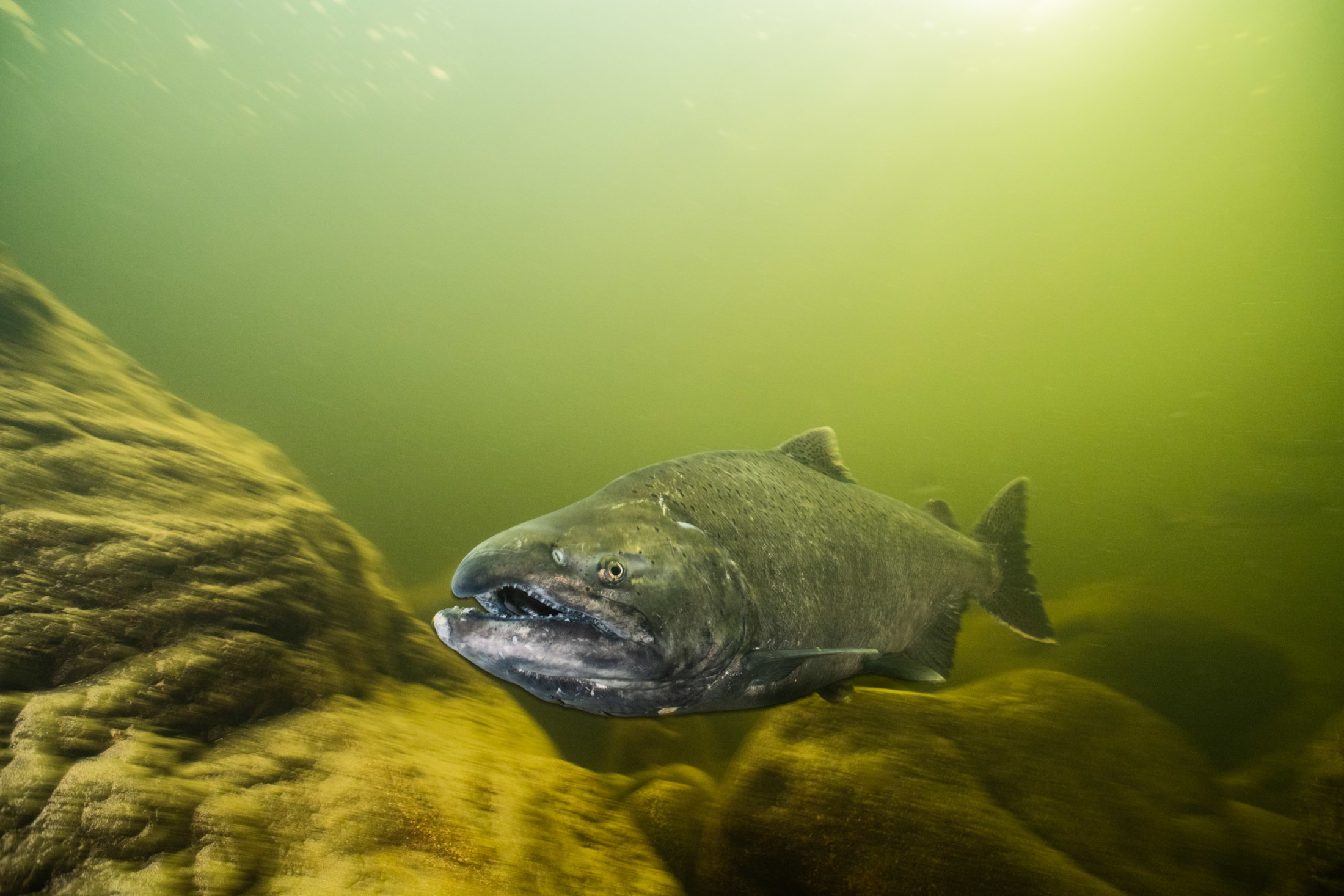
Chinook salmon (Oncorhynchus tshawytscha) are the biggest species of Pacific salmon. The Fraser River watershed is known for being the largest producer of Chinook in Canada, but due to overfishing, habitat loss and climate change, their numbers are diminishing. Of the thirteen wild Fraser River Chinook salmon populations assessed by DFO, only one is not at risk. Photo: Fernando Lessa
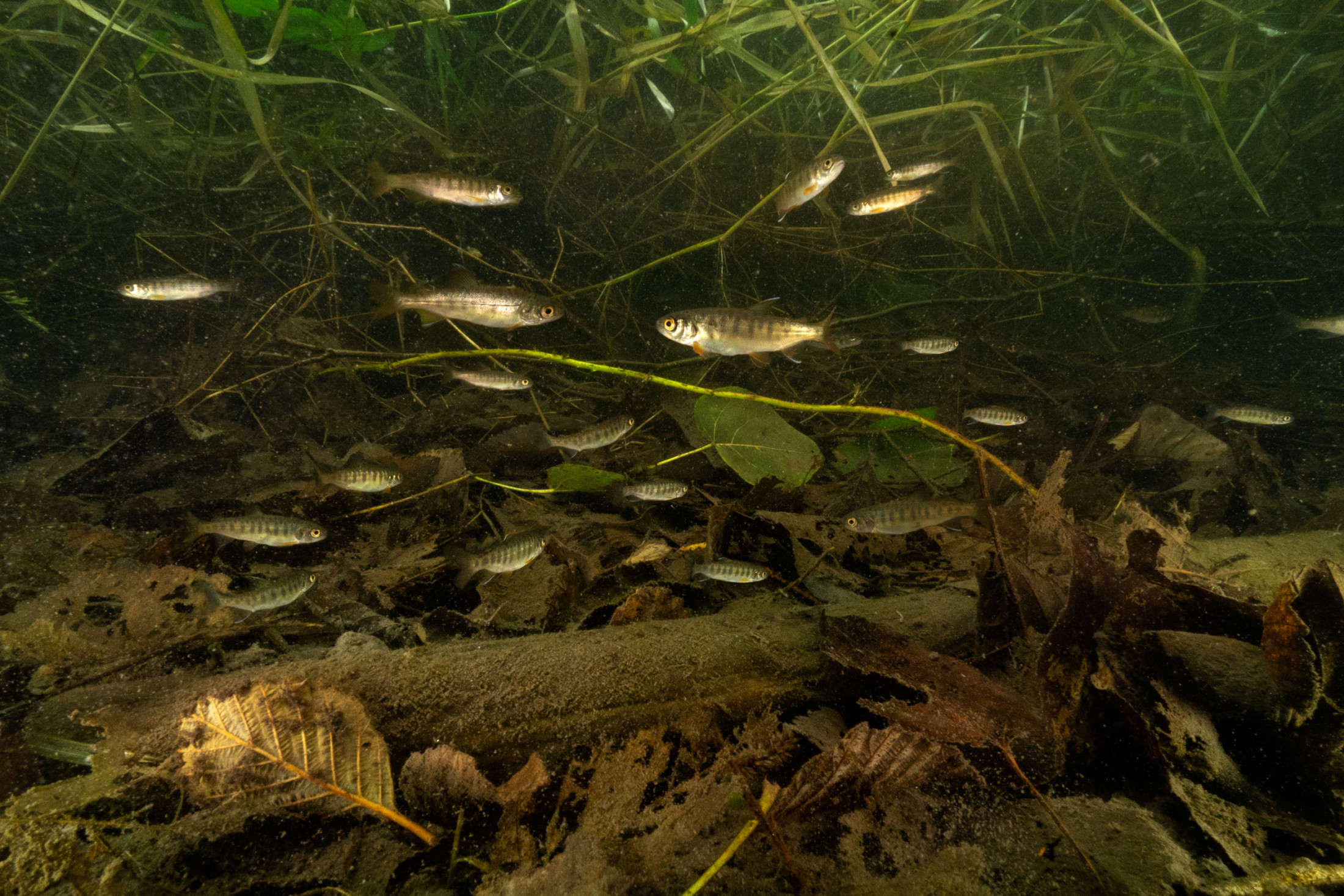
Most species of salmonids use the side channels for juvenile rearing. Some species spend up to two years here before heading out to the ocean. Photo: Fernando Lessa
